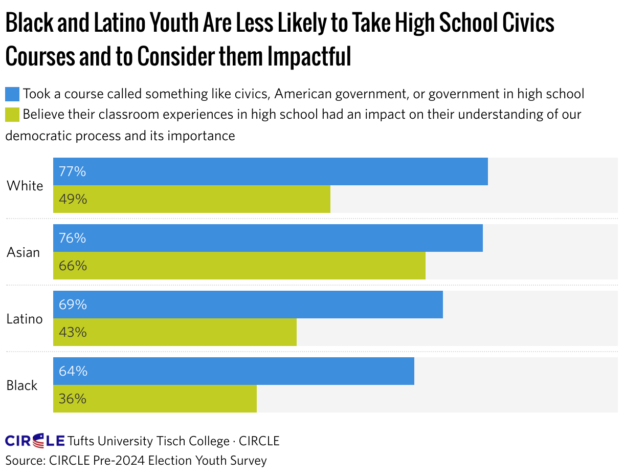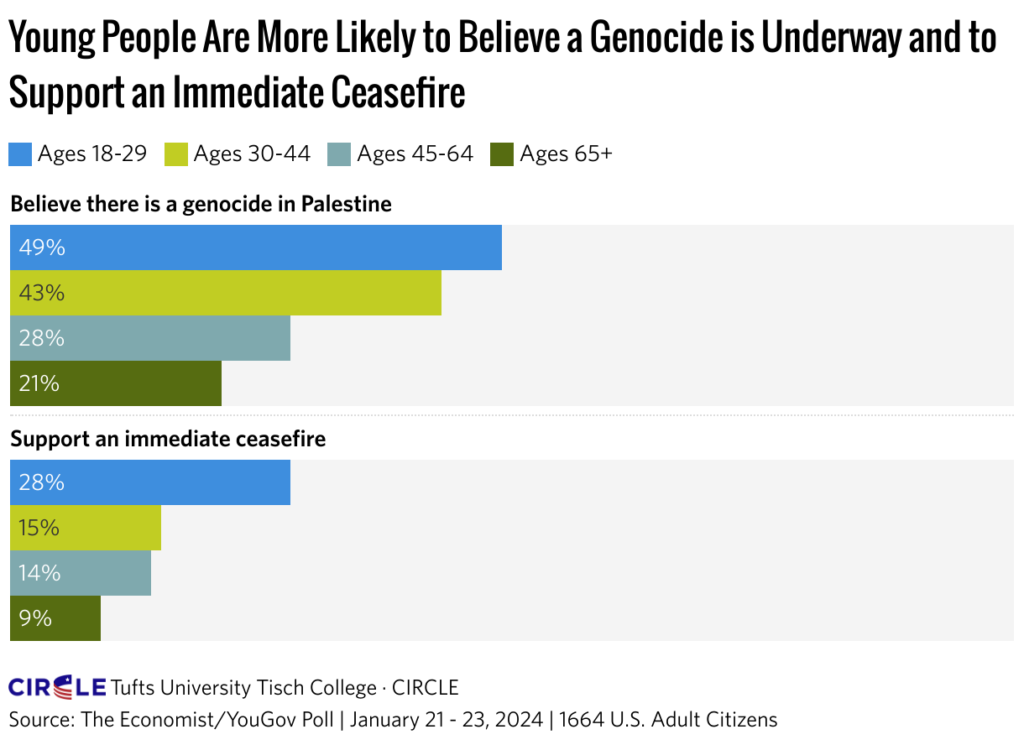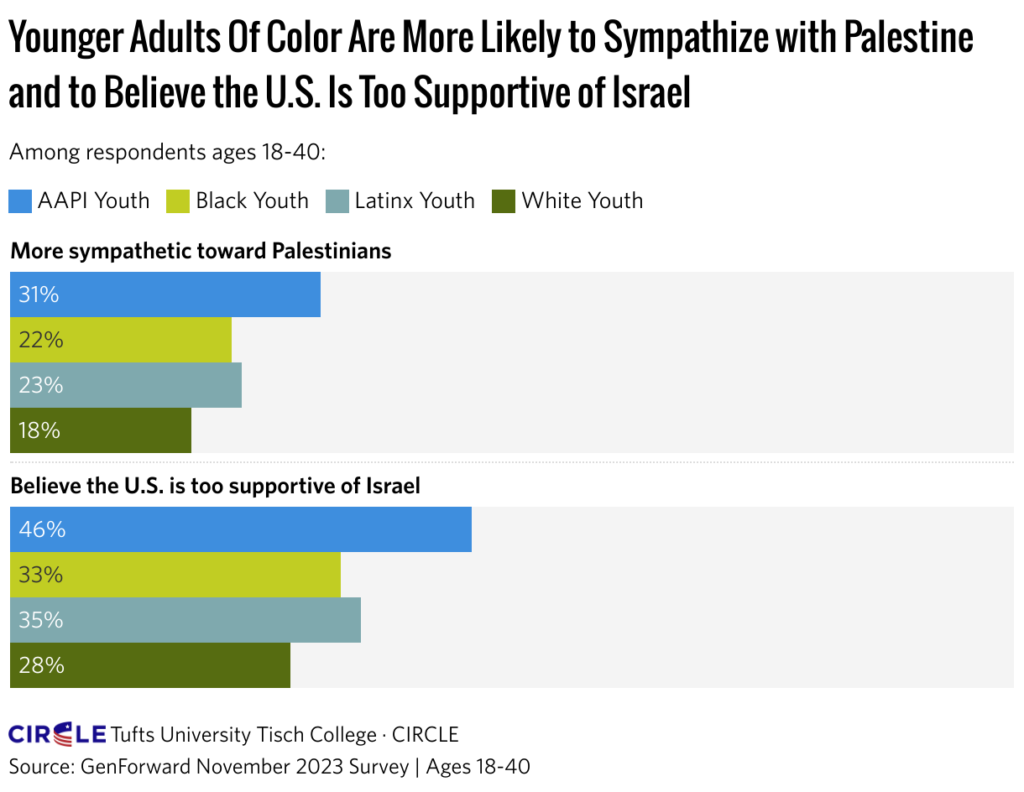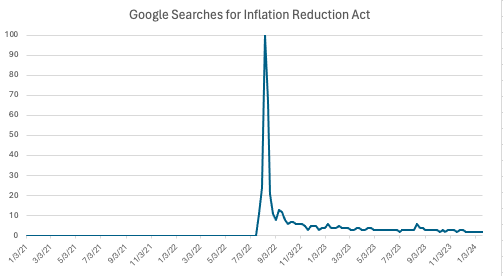The United States began a major experiment in 2022. After decades without an intentional industrial policy and not much action on the climate crisis, the federal government decided to spend something on the order of a trillion dollars over a decade to subsidize green industries.
I interpret this decision not only as a way to purchase lower emissions by (for example) buying solar panels, but also as a strategy for changing the power-base of the economy. As long as the livelihoods of many voters are tied to carbon, it’s very hard to regulate emissions. But once many people are involved with green technologies–as producers and/or consumers–they will demand green policies. This is also a competitive move, challenging other countries to subsidize their green sectors.
I believe this experiment should be on almost everyone’s minds. Conservatives and libertarians should acknowledge that it’s underway–because that’s the truth–and criticize it on its merits. Center-left people should defend it and also think hard about what comes next–whether Trump is elected and tries to undo it all or Biden gets another four years to build on it. Economic and environmentalist radicals are free to criticize the Biden strategy or to vote based on other issues, including the Mideast, but they should at least discuss the opportunities that a green industrial policy creates.
Instead, many conservatives seem locked into the idea that Biden is feckless and has done nothing. At least some on the center-left want to base the 2024 election entirely on Trump and abortion. And most radicals seem uninterested. For every thousand articles about Israel-Palestine debates on elite college campuses, I think I see less than one about the progress of the Inflation Reduction Act–which, by the way, was given a blatantly misleading name on the assumption that voters care about inflation, not climate. I am alarmed at how this whole topic is submerged.
As a very minor and amateurish effort to direct attention to the Biden climate policy, I recommend that people check out the official page for Clean Jobs America. Some points that strike me:
- About $150 billion has been committed so far to concrete projects. For reference, that’s about the same as the annual budget of the Commonwealth of Virginia. It’s somewhat less than the annual cost of the US Navy (about $200 billion).
- On a per capita basis, the largest investments are in South Carolina ($2,800 per resident), Arkansas (almost $2,000 per resident), and North Carolina ($1,800 per resident). Eleven states and DC have no specific projects yet.
- South Carolina got $14 billion in investments. The same state sends $28 billion to the federal government in tax revenues annually. Basically, South Carolina is getting half its federal taxes back to fund green industry. On the other hand, Washington State sends $100 billion to DC each year and has received no clean energy support.
- If you think of this as a jobs program, it is expensive. I calculate that about one job is created for every $1.2 million spent. On the other hand, the impact is not only on direct employment but also on carbon emissions, and there may be long-term positive effects on employment.
- The cost of the jobs created varies a lot by sector. Only 200 jobs have been created so far in energy efficiency, but those were cheap at $30,000 per job. (If you want to accomplish something important, and it only costs you $30k to create a new position to do it, that’s a bargain.) On the other hand, the electric vehicle sector has seen more than 60,000 new jobs at $1.3 million per job.
The Biden Administration has also taken regulatory actions regarding hydrofluorocarbons and electric vehicles–see the tracker from the World Resources Institute. But I would regard the industrial policy as much more innovative and significant–for better or worse.
See also: a trillion here, a trillion there, and pretty soon, you’re talking real money; a different way in which the 2024 election is a failure for democracy; federal spending for both climate and democracy; the major shift in climate strategy



